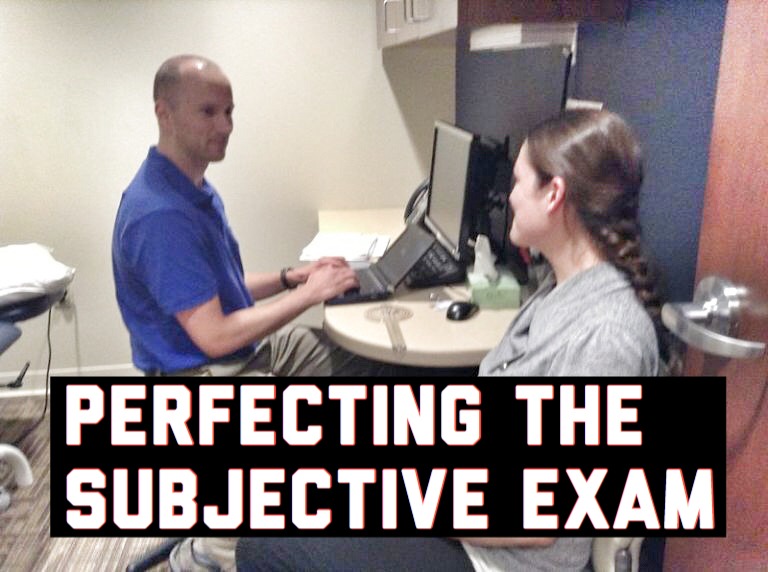Tag: patient interaction

How to Get Patients to do Exercises (improve buy-in)
Exercises don’t work if your clients don’t buy in or execute them well Exercise selection IS NOT the biggest barrier…

Perfecting the Subjective Exam
The subjective examination is that first conversation, that first point of contact you get with a client. Your first chance…

Hip Laxity, Agility, and Smashing Tissues – Movement Debrief Episode 34
Movement Debrief Episode 34 is in the books. Here is a copy of the video and audio for your listening…

Recognizing and Changing Nonverbal Communication Disorders: An Interaction Approach
I was at my local coffee shop the other day chatting with my barista as she prepared my drink. Once…
